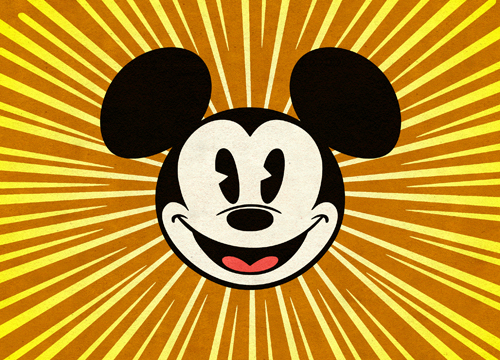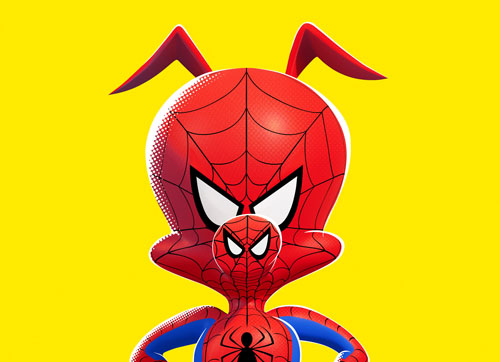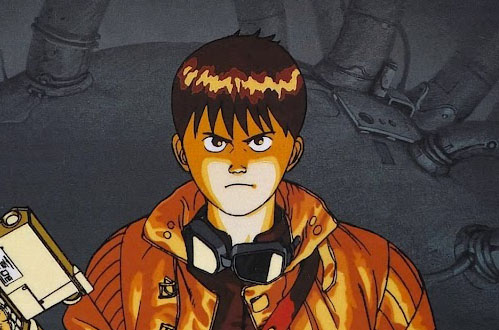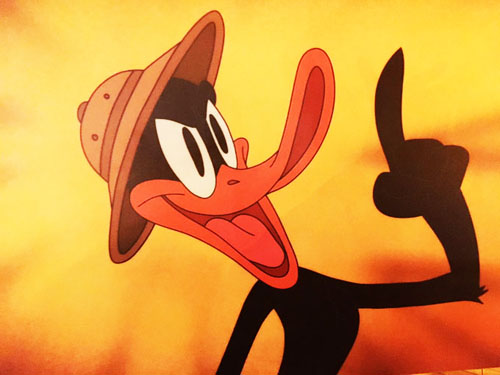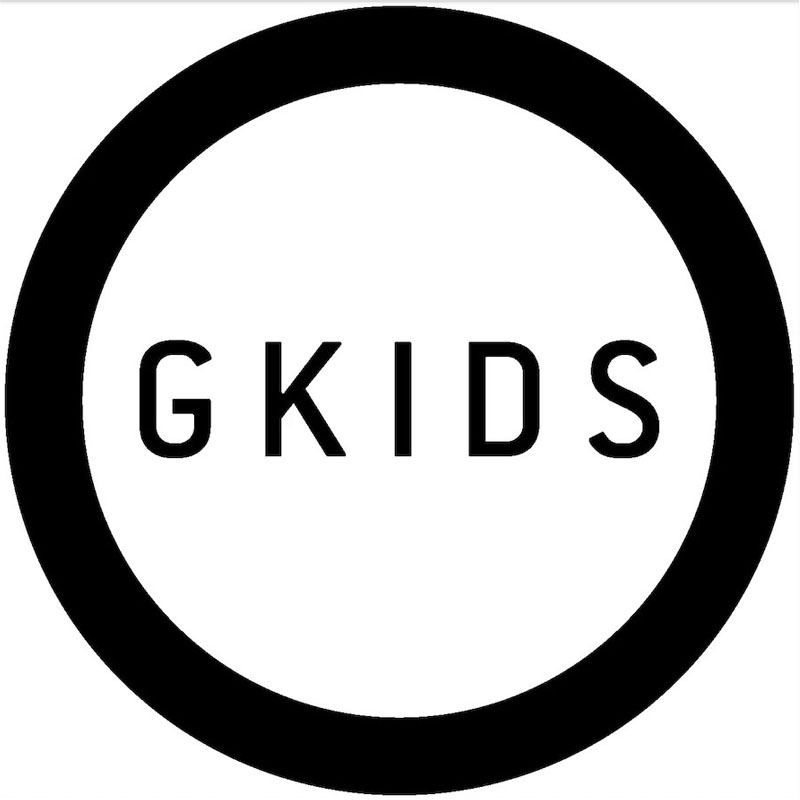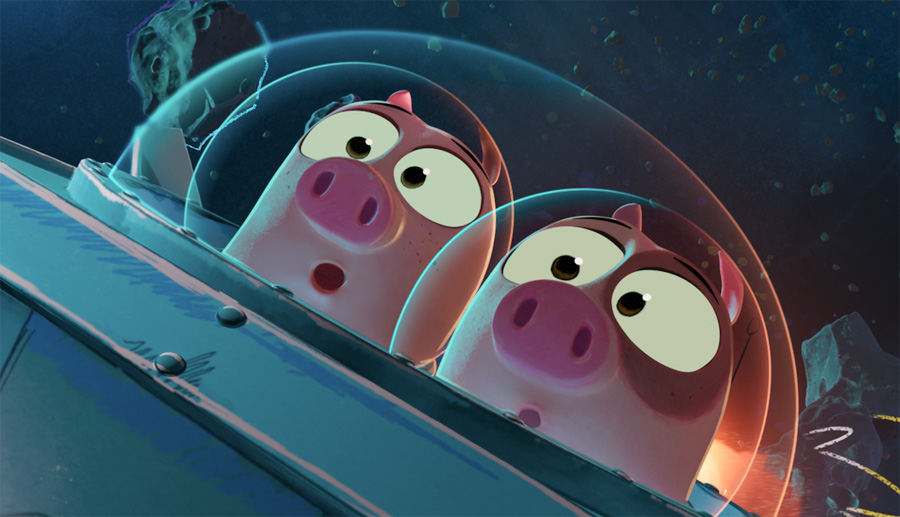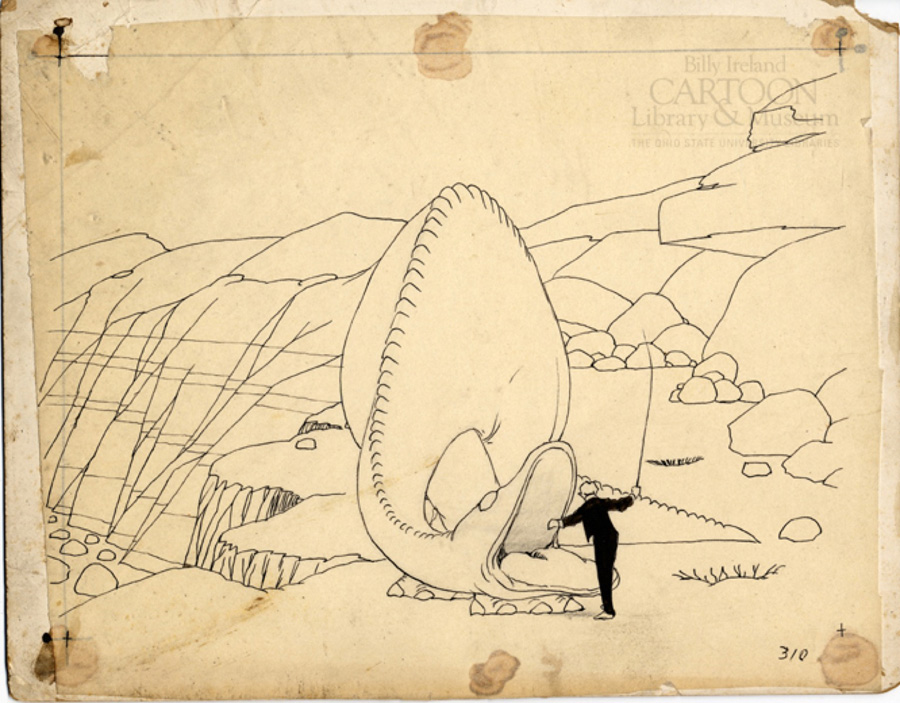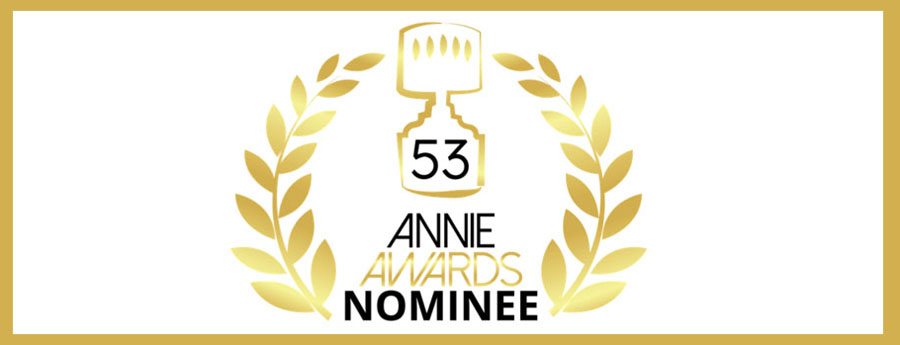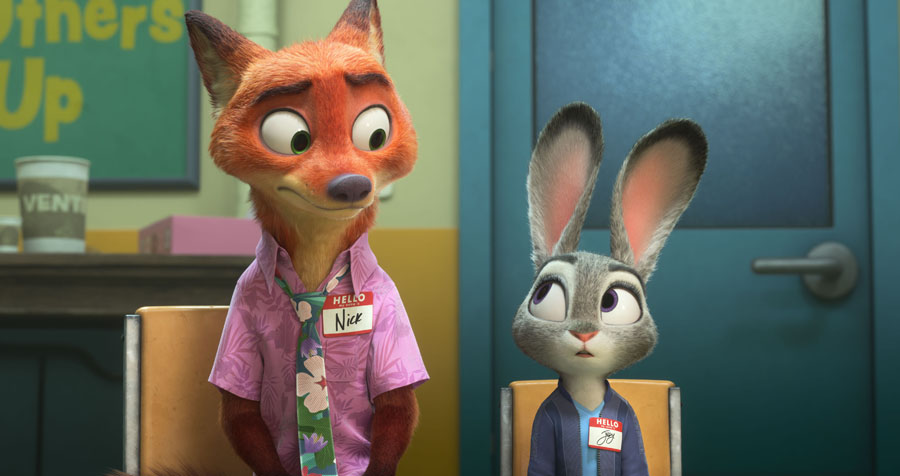Jackson Murphy: What amazed you about the true story the film is based on?
Iain Gardner: I was more intrigued than amazed initially – this notion of a bear carrying munitions during the Second World War. Could that be true? The iconic emblem of Wojtek the Bear which was used by the 22nd Artillery Supply Company of the 2nd Polish Army drew me in. There’s an ambiguity which lends itself well to animation (as opposed to documentary or live-action where audiences may take the image literally). The shell carrying moment is the stuff of legend, and myth making interests me – how we appropriate ideas of wild animals and the natural world to understand, or excuse, human nature. Bears are often depicted in our cultures as savage, dangerous animals – to set and contrast these perceptions amidst the worst human atrocities of all time is very potent.
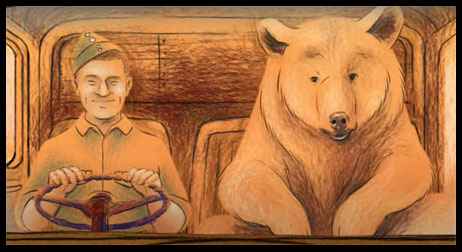
JM: What were the challenges of visually and tonally depicting this time in history?
IG: Whilst the overriding message of our film is friendship and hope, the main challenge was not to trivialise the horrors and complexities of conflict. There appears to be a convention that war stories aren’t appropriate for children – but at what age do we educate the younger generation of the inherent cruelty of mankind? How do we pass on the lessons of history if we don’t instil the dangers humanity is capable of in younger minds? Wojtek represents hope in our story – but pitching the tone of the political context of the War and battle sequence was tough and went through a few drafts in the animatic. In preparation I watched a lot of archive newsreels, documentaries and hard-hitting representations of World War II through films such as COME AND SEE (2019). I’m not in a hurry to depict another World War story anytime soon as the research left me traumatised – although I’m cognisant that my feelings of stress are insignificant in comparison to people currently living amidst War.
JM: Wojtek is a hero, who appears in critical moments. What does he symbolize to you, and to the other characters?
IG: For the characters in the film, he symbolizes the idea of Poland, and the hope of returning home to their autonomous country. We must remember that during World War II, Poland was wiped off the map after the pact between Hitler and Stalin and identified under German occupation as the ‘General Government’. Between those invading forces, the genocide of the Polish people was attempted. Wojtek remains a potent symbol of the independent country of Poland, hence why he remains so popular with Polish people to this day.
Wojtek as a metaphor of nationhood and nationality resonated with me. Within the last ten years we’ve had two referendums in Britain related to national identity – the first being the referendum on Scottish Independence (2014), the second being Brexit (2016) which extracted the United Kingdom from the European Union. Both treated immigrants differently with regard to the voting franchise. In the 2014 poll, people choosing to live in Scotland were regarded as legitimate to vote on its future – the same could not be said of the Brexit vote where immigrants were excluded from the vote. Both campaigns drew emotionally on national identity. Consequently, Wojtek symbolizes for me ideas of nationality; a Syrian bear adopted as Polish and Scottish. For me this is a significant contemporary topic with increasingly isolationist and exceptional politics at play.
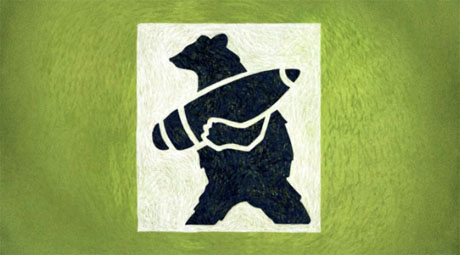
JM: The music is so important to the overall impact of the short. What did you want to achieve with the score?
IG: Normand Roger was the first creative collaborator I approached (back in 2014!) when developing the idea for the film – I’m a huge fan of his work as he has scored many of my all-time favourite animated films, especially Frédéric Back’s THE MAN WHO PLANTED TREES (1987) and CRAC! (1981). What I knew Normand would bring to the film was a flavour of the culture of the characters depicted in the film, with a palpable layer of emotion. Going back thematically to notions of national identity, I wanted to ensure that the soundtrack didn’t succumb to tropes of military marches or fanfares. Whilst the hook of the film is that the bear did military service, as with our other protagonists he was caught up in world events beyond his control. I wanted the music to reflect the humble origins and noble traditions of our characters. Normand did this brilliantly, by weaving in Polish, Scottish and Persian themes and sounds within the music and imbuing his composition with so much emotion.
JM: The colors in different scenes represent different moods and atmospheres. How did you choose the color palette?
IG: This feels a little tenuous and trivial now that I reflect on it, but as a child I had learnt a mnemonic way of recalling the colour order in the spectrum – which was Richard Of York Gave Battle In Vain (Red, Orange, Yellow, Green, Blue, Indigo and Violet). Given the outcome of WWII, it could be said that our characters had battled in vain as from their perspective Poland was still not a free country under Soviet influence. So early concept art followed the colours of the spectrum with different colours associated with sections of the story, in reference to the sentiment of that mnemonic phrase.
However, as this would only have translated to British, or English-speaking audiences familiar with that memory aide, I quickly abandoned the idea. Also, adhering to that colour order didn’t necessarily align with the emotional beats of the story (the oranges remained for Wojtek traversing the Middle East and the Blues remained in the Battle scene). Nonetheless, it did set in place the bold colour choices throughout the film, with naturalistic palettes opening and closing the film with monochromatic sequences in between, reflecting the disruptions our heroes found themselves caught up in.

JM: There’s emotional power to the final section, including with the pacing. What went into crafting the final scenes?
IG: I’d like to think that part of the power of the final sequence is good storytelling. The finale pulls a lot of strands together which the film sets up and I share the credit for that with script writer Wojciech Lepianka, animatic editor Rachel Roberts, Normand Roger threading together his musical themes and input from our Producer Iain Harvey. When researching the story of Wojtek, I was aware that whilst he generally had a healthy life in exile at Edinburgh Zoo, he was observed in a state of depression except when visited by Polish comrades – his ears would prick up at the sound of the Polish language and he would dance when a mazurka was played. We used artistic license to give his main handler Piotr a job alongside him in the Zoo, but the ending could be drawing its power on a symbolic level; that our heroes have longed to be reunited with friends and family at home in combination with how the bear has come to symbolise that nation. Emotionally it’s relatable for all audiences thinking of their loved ones and home.
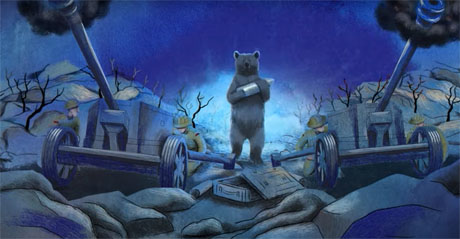
JM: How has the experience of making and sharing “A Bear Named Wojtek” changed you as a storyteller and filmmaker?
IG: Part of my long game for making A BEAR NAMED WOJTEK was to skill up not only myself, but professionals working within the Animation Community in Scotland to oversee a traditional hand drawn feature film. I’m now in the process of developing ideas for my first feature, and able to enter discussions with Producers about projects they may wish to seed in Scotland. I’ve certainly gained a lot of confidence from working alongside animation legends such as Iain Harvey and Normand Roger.
And the reaction of audiences has been overwhelming, especially from those with skin in the game – second to fourth generation Polish people living in Britain who have been deeply moved by our telling of the story of Wojtek and appreciative of our sensitivity in the interpretation of their history. We were invited to screen the film at the Ognisko Polskie in the Kensington area of London, a social club established at the outbreak of World War II as a focal point for Polish emigrees to nurture their cultural traditions whilst their homeland was ravaged by war. The emotional outpour from the audience that night was quite the most incredible audience reaction I’ve ever experienced as a filmmaker.
